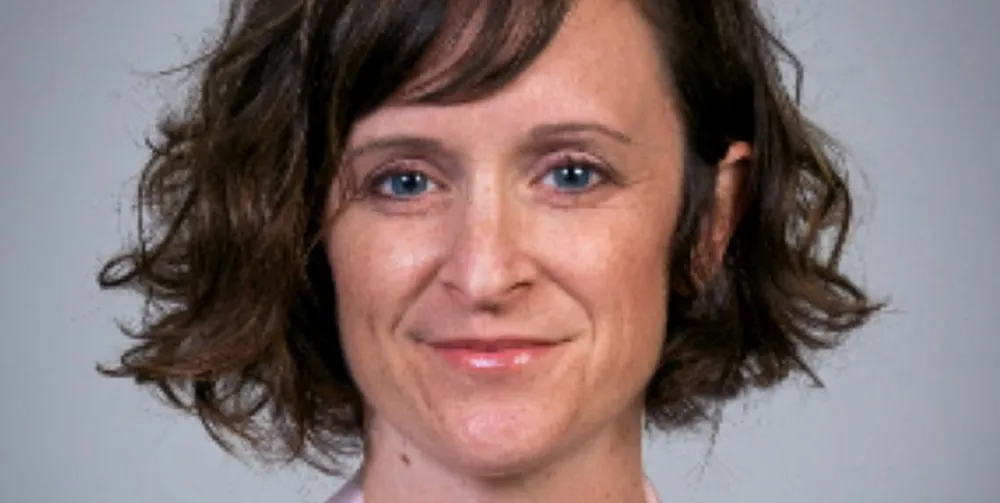New US offshore wind chief regulator Klein 'aggressively optimistic' despite backlash
Recently installed director of Bureau of Ocean Energy Management insists sector's future bright despite challenges ranging from permitting to whale strandings

Recently installed director of Bureau of Ocean Energy Management insists sector's future bright despite challenges ranging from permitting to whale strandings
